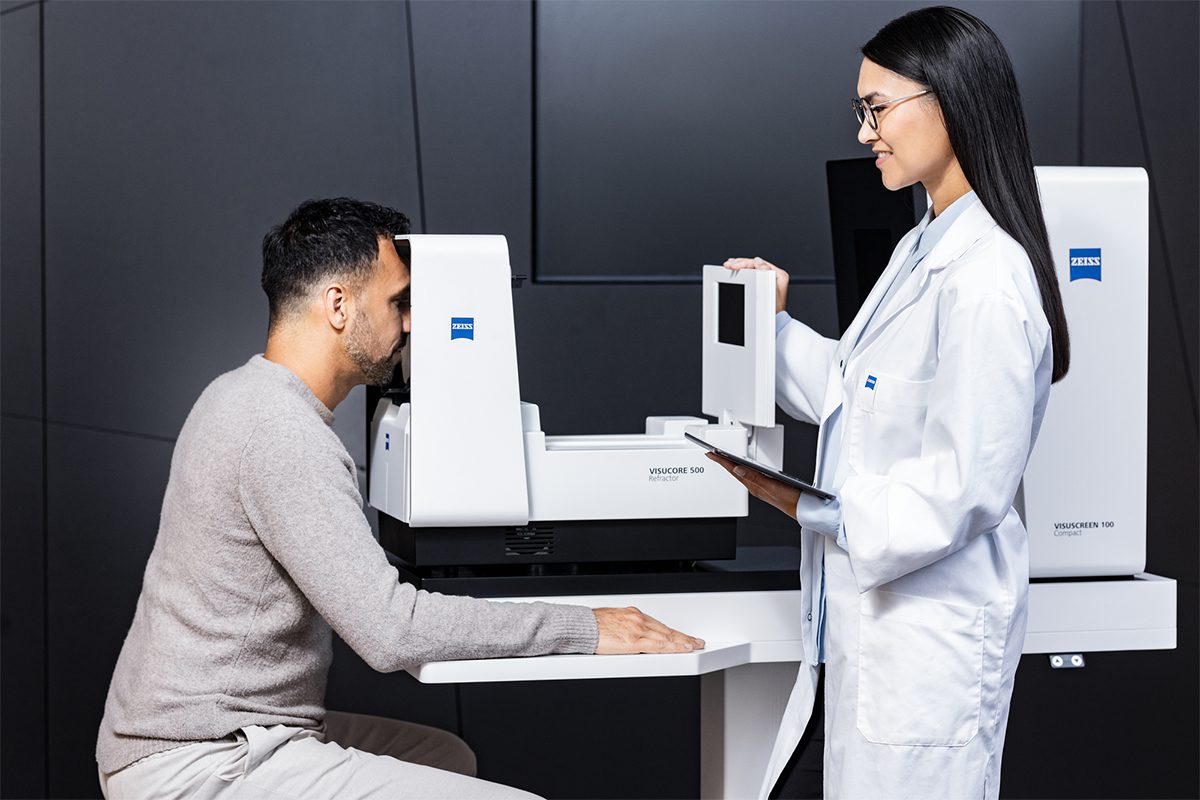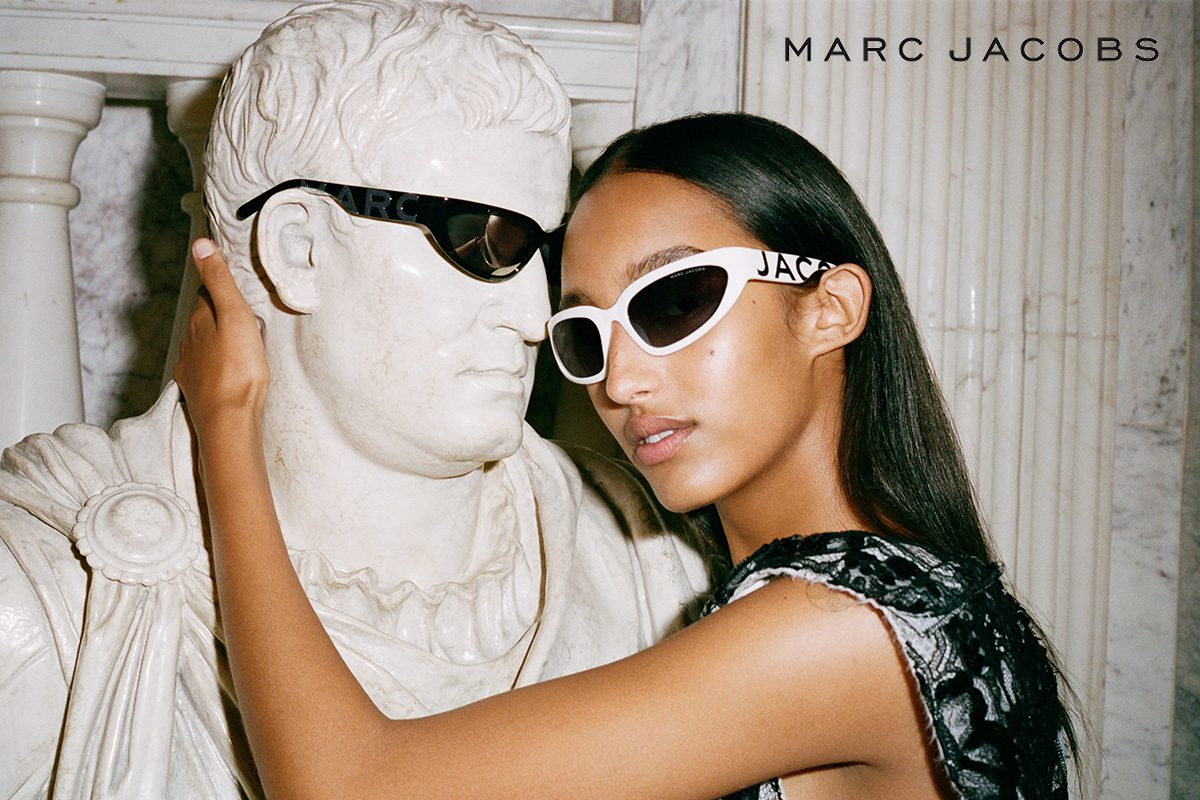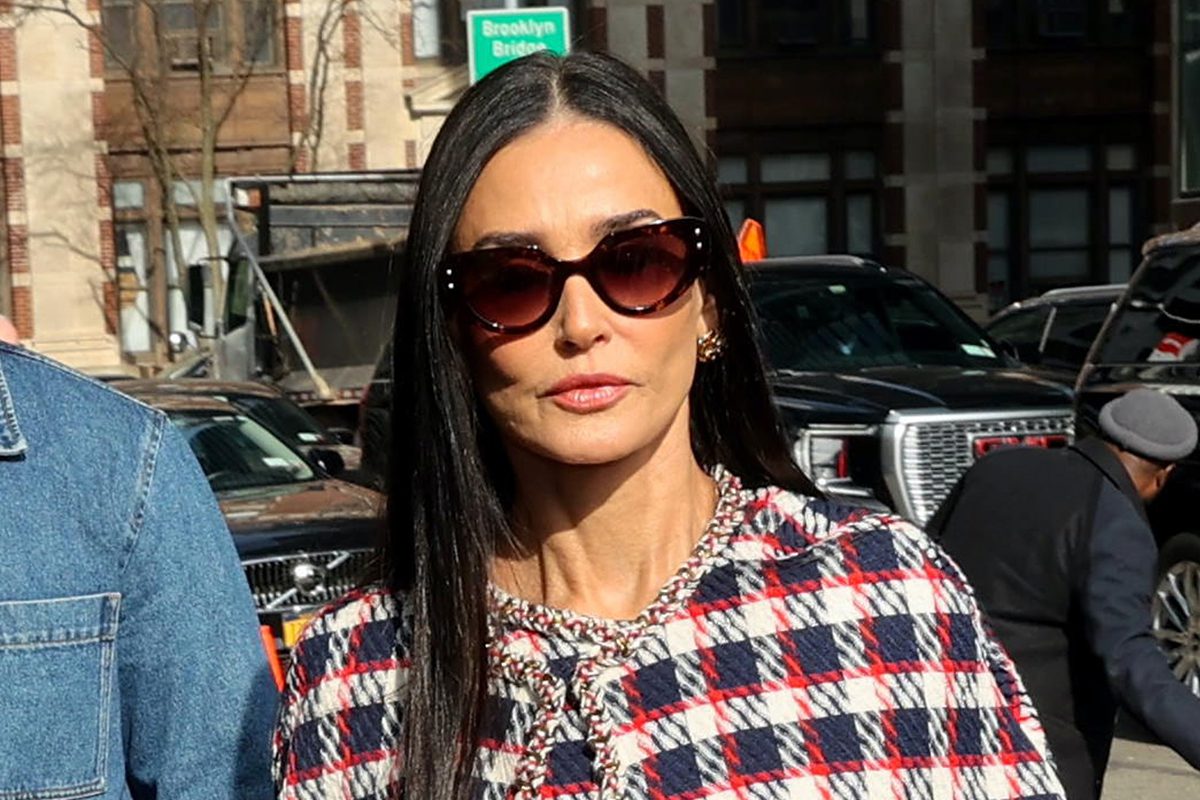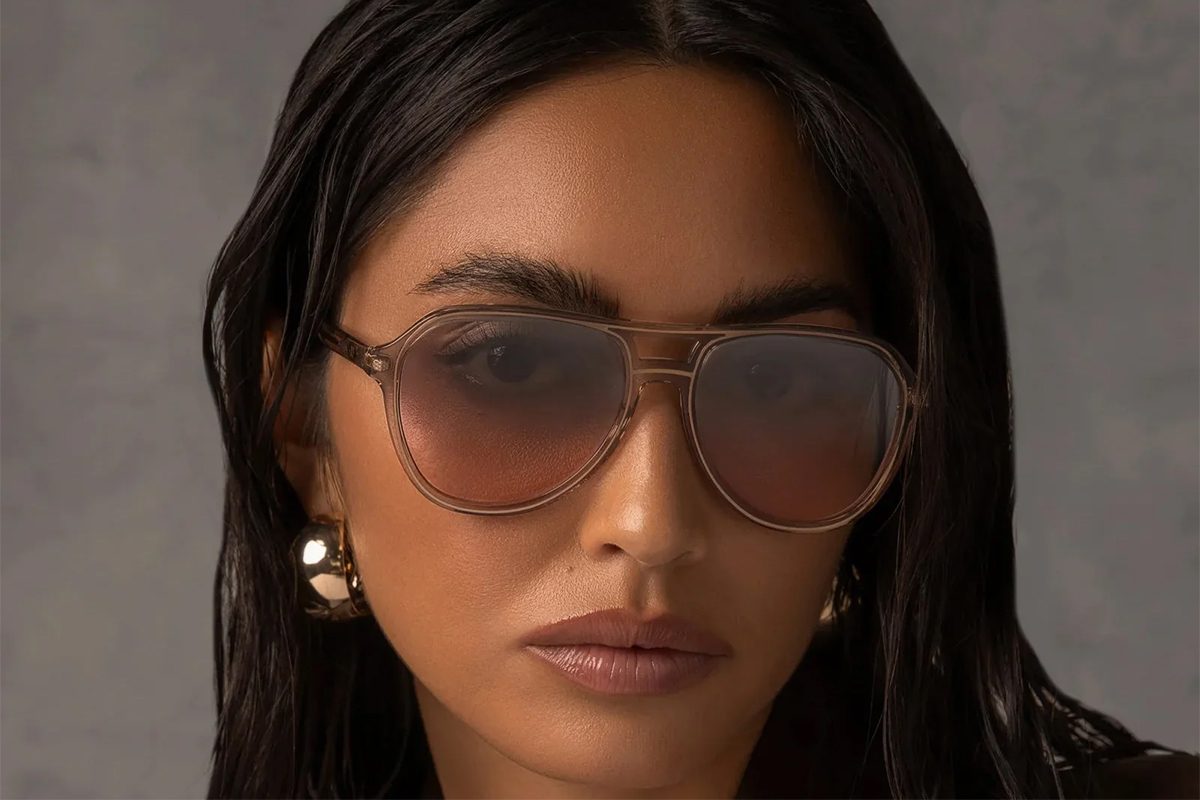In a conversation with VisionPlus, Mr. Ketan Parikh, the Managing Director of Sterling Meta Plast, takes us on a journey from the humble beginnings of the company to its remarkable 40-year milestone.
VisionPlus: To start with, can you take us back to the beginning when Sterling began? Did you anticipate or predict Sterling to achieve such significant success?
Ketan Parikh: Sterling-Skylark Optical Company began in 1984. Previously, my father and my uncle ran multiple retail stores in Jharkhand. After moving to Mumbai in 1976, my uncle expanded into exporting automobile parts and diesel engines. After seeing some headwinds in the export business, my uncle, Dulerai Parikh together with my elder brother, Jitendra Parikh started an eyewear distribution company in 1984 with Indian brands and some international brands. I joined the family business in May 1984.
A few years later recognising the need to diversify, we started importing products directly from international markets, starting with Hong Kong, London and Italy. Skylark Optical Company, started importing Luxottica brands in India in 1990. In 1991 Sterling became the exclusive distributor of Luxottica and introduced Vogue Eyewear in India.
Our partnership with Luxottica thrived, and we started introducing brands like Giorgio Armani, Emporio Armani, Salvatore Ferragamo, Valentino Genny, Persol, Moschino, Sergio Tacchini, and Brooks Brothers exclusively for the Indian market. Luxottica acquired Rayban in 1999, got a factory and distribution network set up in India and took back their distribution from Sterling in May 2002.
VP: How does a distribution company deal with losing brands like this?
KP: The important thing in life is that nothing is permanent. While we have the brand, we need to ride the bandwagon and enjoy the journey. Losing Luxottica was tough, teaching us not to rely solely on one company. Luxottica’s acquisition of Rayban prompted diversification. Marcolin came to India looking for a distributor and we joined hands with them in 1999. In 2000, we launched Dolce & Gabbana for Marcolin in India.
Sterling tied up with Marchon, USA, and launched Calvin Klein and Nike eyewear in January 2003. Despite losing Luxottica, our collaborations with Marchon and Marcolin enriched our brand portfolio, propelling us forward.
Gradually, we launched the other brands from Marcolin: Roberto Cavalli, Just Cavalli and then Tom Ford at a later stage. In 1998 we launched Spencer and Sterling eyewear brands as we needed to create our own identity. They became an instant success all over India.
VP: How does brand Sterling as a company align with a global giant like Marchon? What has your collaborative experience been so far?
KP: Sterling became a distributor of Marchon in 2002. Over the next decade, Sterling introduced other Marchon brands in India like Calvin Klein, Nike, Lacoste, Fendi, Michael Kors, and others. Marchon became comfortable with Sterling as a distributor and sought to expand its presence in the Indian market. In 2013, Sterling and Marchon became partners, with Marchon acquiring a stake in Sterling.
Sterling’s JV with Marchon, a VSP vision company, headquartered in New York, is a testament to our commitment to merging global excellence with local expertise. Our joint venture thrives on combining Marchon’s innovative design and technology with 40 years of Sterling’s market insights, ensuring that we deliver value and satisfaction to our customers, and setting new benchmarks in the Indian eyewear industry. Both Sterling and Marchon embody VSP’s values of care, trust, empowering diversity, and unity.
Today, Sterling distributes Marchon brands like Calvin Klein, Calvin Klein Jeans, Ferragamo, Nike, Lacoste, Karl Lagerfeld, DKNY, Columbia, Converse, Zeiss, Victoria Beckham, Paul Smith, Nautica, Bebe, Longchamp, Dragon and Lanvin.
VP: Your organic brand Scott is among the forerunners in its category. Can you tell us more about your plans for its future? Can we expect more such organic brands from Sterling?
KP: So, our journey taught us the importance of creating a unique identity and ownership of brands. In 1998, Sterling and Spencer were launched, followed by Scott in 2002, now among one of the top brands in India, known for fashionable designs and impeccable quality at affordable prices and appealing to all ages. Each product is meticulously designed with a distinct identity and the brand logo. Inspired by Calvin Klein, our marketing strategy emphasises simplicity, sexiness, and innovation, with past brand ambassadors like Anil Kapoor Sonam Kapoor and Sidharth Malhotra embodying the brand ethos and so do our current brand ambassadors Ananya Panday and Aditya Roy Kapoor.
We are repositioning another of our organic brands, Sprint, as the next sports brand catering to India’s growing health-consciousness consumers. Sprint Eyegear offers fashionable, sporty products for activities like running and cycling, aiming to become a major active lifestyle brand, while maintaining superior quality and affordability.
VP: What’s the secret to the phenomenal success of your licensing brands?
KP: Sterling was one of the first few companies that went into the licensing business. The success of our licensing brands, like Tommy Hilfiger, stems from our market knowledge and brand synergy. Launching Tommy Hilfiger Eyewear in 2005, we tailored products keeping the brand DNA intact to suit Indian preferences. Today, in 2024, we can proudly say that it’s the second-largest premium eyewear brand sold in India.
Similarly, brands like French Connection, FCUK have thrived under our stewardship for over a decade. Our commitment to design, keeping the brand heritage and DNA intact, along with market adaptation has been key to their success,
VP: Could you share your views on the local markets and your insights on the growth potential of India’s optical industry?
KP: I think India’s optical industry has maintained steady growth, averaging 10 to 12% annually. While larger chain stores are strengthening, smaller opticians offering personalised service and diverse product mixes remain vital.
There’s ample space for all players in the market to grow: opticians, department stores, online businesses, and large chains will continue to thrive in years to come. Adapting to new technology, reinvention, and customer-centric product offerings are crucial for success in this dynamic industry. And for sure, you need to have the right product mix, based on your customers.
VP: If you had one suggestion to offer to your retail partners to help them combat the threat from online retail, what would that be?
KP: My suggestion to most opticians today is to establish an online presence for marketing purposes largely.
It’s increasingly clear that embracing internet sales for our retail partners is becoming a question of “when” rather than “if.” Maybe it will take 5 or 10 years, but eyewear online retail sales are a complementary channel to traditional in-store business rather than a threat especially since ours is a product which is ‘touch and feel’. My suggestion is to leverage the unique benefits of physical stores, while strategically embracing online sales.
This means providing personalised, expert-driven service in-store, coupled with an online presence that offers convenience and accessibility. Embracing change and innovating in how we engage with customers across all channels will be key to thriving in the rapidly evolving retail landscape.
VP: Among all the brands you’ve built excluding your organic brands, what’s the one brand that’s memorable to you?
KP: It’s hard to pick just one memorable brand, but among the top few international brands that are close to my heart are: Luxottica, Vogue, Giorgio Armani, Calvin Klein, Tommy Hilfiger, French Connection and Tom Ford.
All brands distributed by us are really important and catapulted Sterling to the current level.
VP: 40 years of Sterling is a huge landmark! How do you plan to celebrate it and what’s your vision for the next 40 years going forward?
KP: So definitely, we don’t want to let the cat out of the bag, but Sterling will celebrate 40 years in its normal flamboyant style. It will be a grand celebration before the end of this year.
I won’t say 40 years but definitely in the next 20 years, Sterling’s vision is very clear it will continue to dominate the eyewear space, and be an important partner to all our customers. We have always been a loyal partner to the opticians, never focused on selling our products directly to consumers. We will continue to give them exemplary service together with the best brands at the most competitive prices as the Indian economy continues to expand rapidly.
Sterling’s 40-year journey celebrates vision, flamboyance, and iconic brand collaborations. With a clear vision for the future and a steadfast commitment to excellence, Sterling continues to shape the optical industry landscape.










